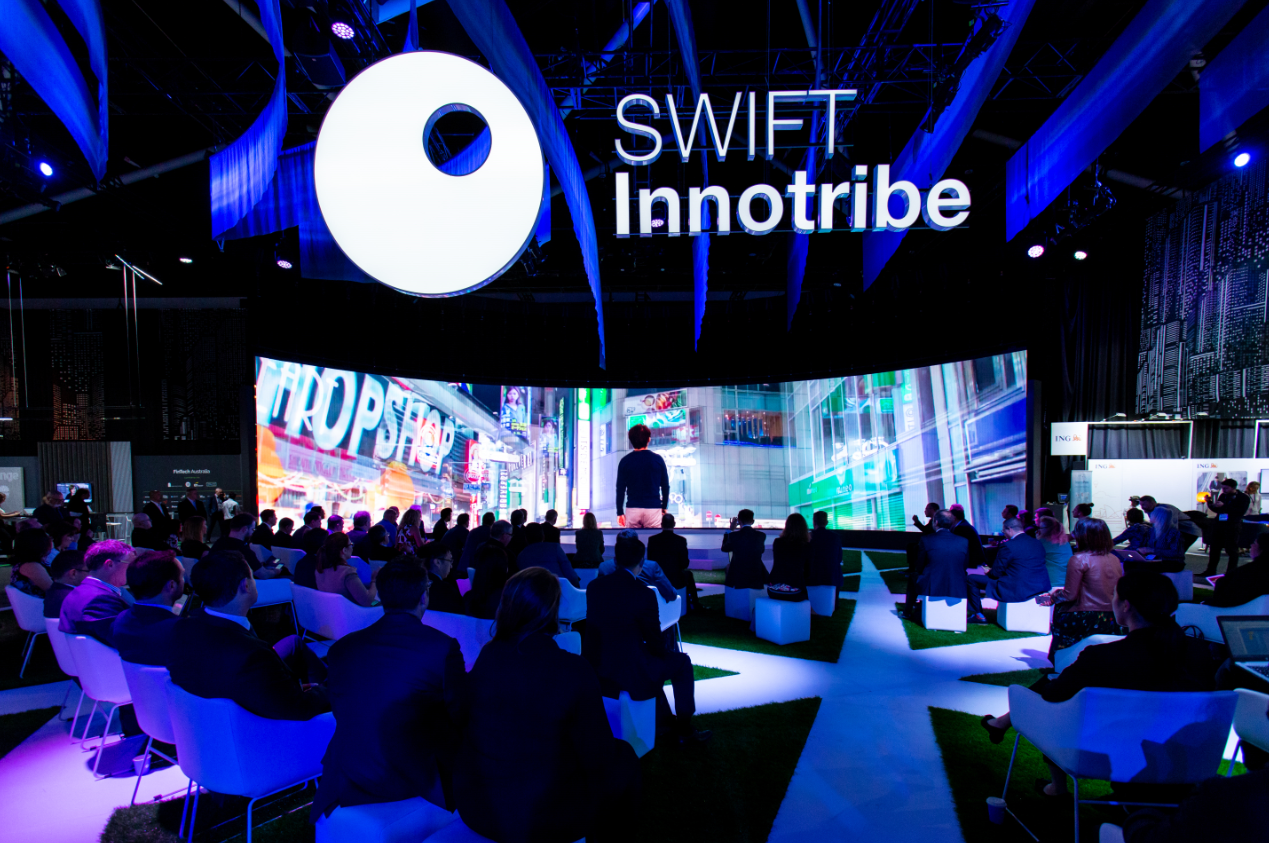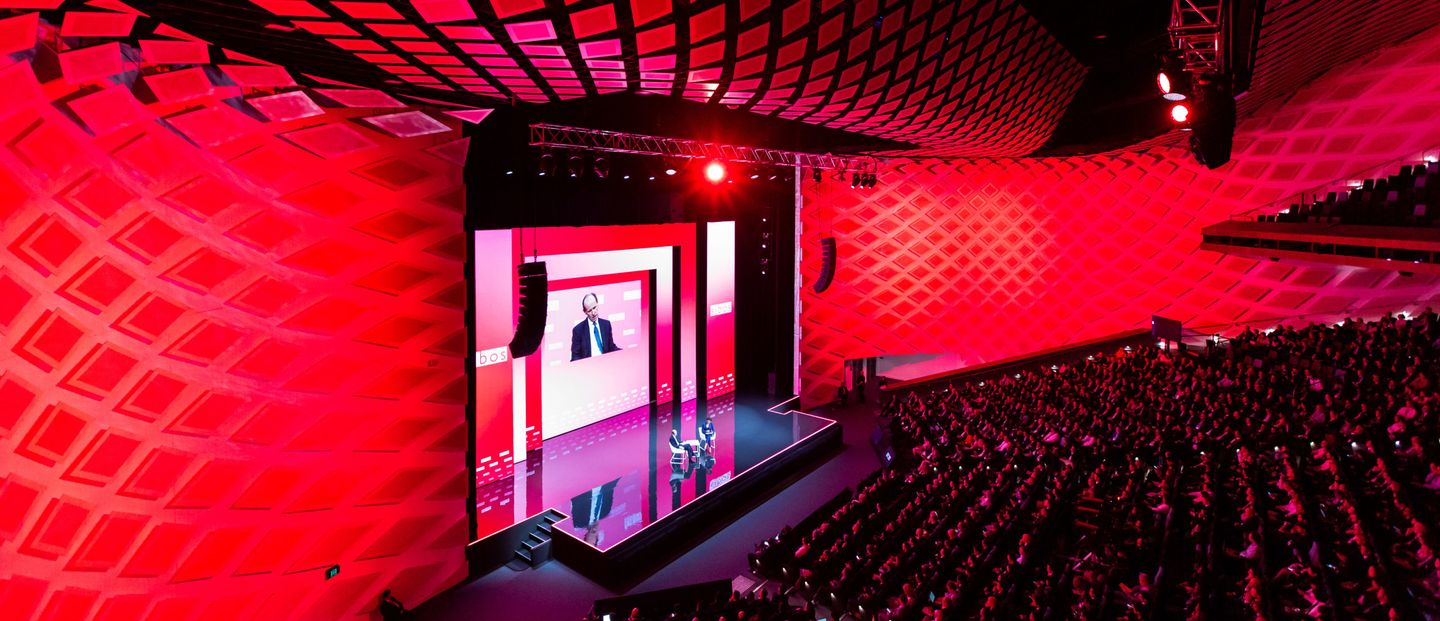Financial technology, or FinTech, has become a pivotal economic growth driver in the UK.
We are currently the top European destination for FinTech venture capital investment. In 2018, fundraising here reached £15 billion, representing one in every six pounds invested in the sector worldwide. Only the US and China outperformed us.
This year’s Innovate Finance Global Summit – which we helped deliver – highlighted the country’s future as a FinTech powerhouse, thanks in part to the Bank of England rebuilding its hard and soft infrastructure. Not only is FinTech an integral part of the financial sector, but the two will soon be synonymous. As the market becomes more and more crowded, brands will need to differentiate themselves if they’re to succeed in the long term.
Nearly three quarters (73%) of consumers in the UK and the US said they are more likely to purchase a product if they’ve participated in a brand experience, according to a new report. One needn’t look further than SAP or GE to see that the opportunity to create compelling B2B communications in the experiential category is similarly proliferating.
People-powered marketing in a real-world setting fosters real-life connections. FinTech brands need to consider how to target and deliver not only their key messaging, but also how to create moments that matter around it. The focus must be on enabling customers to experience the brand, without pushing products. It’s about promoting education rather than purchasing.
Driving awareness with experiences
With an explosion of start-ups, investment and contesting enterprises, competition is everywhere. According to the latest statistics, there are more than 12,000 FinTech start-ups worldwide. To stand out in this saturated marketplace, awareness is key.
There’s no denying we live in a visual age, dominated by an endless procession of social media content that fuses brand- and consumer-generated uploads. Through live experiences, however, FinTech brands can create one-of-a-kind moments that shift perceptions and capture attention in a uniquely visual and compelling way.
From disruptor to enabler, FinTech’s ascent into the mainstream psyche means brands must do more in order to engage with consumers and investors. A simple way to start may be to trial a specific product or service launch.
“By running an immersive event and experience, FinTech companies can drive brand affinity, shift perceptions and establish deeper relationships with their customers.”
To drive authentic awareness, FinTech brands must use data-driven insights, combine them with extensive cultural research and deliver an audience acquisition strategy that targets the right people at the right time. With its ability to transcend the traditional barrier between physical and digital, experiential marketing offers brands a creative way to deliver on customers’ wants and needs.

Place purchasing in a broader context
Quite often, delivering successful experiences means playing the role of educator, rather than salesman. By adding value to customers’ lives, you can build trust and create a shared sense of engagement. This is crucial when looking to build loyalty and rapport over and beyond a simplistic exchange of money for goods and services.
Let’s take investing as an example. According to recent studies, 66% of people between the ages of 18 and 29 are intimidated by investing in stocks (Ally Financial). As a FinTech brand in the investment sector, these insights could serve as the basis for a broader experiential strategy.
Obviously FinTech brands need to understand the challenges their customers face. Then you can help deliver solutions that speak to their lifestyle, habits and needs. When running immersive events, you effectively capture the audience’s attention in a way that demands focus in the here and now. You should use this intrigue to add value and deliver information that makes their lives easier or better.
That requires placing purchasing in a broader context. While live events can have a marked uplift on sales, it’s important to build brand advocacy and convert passive ignorance into active engagement.
‘Keep the focus firmly fixed on enabling customers to experience the best aspects of your brand; its not always about overtly selling products or services.’
Keep it on-brand
When creating engaging games, immersive user journeys or intuitive mobile applications that extend and amplify your brand experience, it’s crucial that you consider each touchpoint within the context of a wider brand strategy.
This means every touchpoint needs to remain on-brand, so customers intuitively recognise who your brand is and what you stand for. Finance traditionally uses overly sanitised creative and advertising, but brands in this space have begun to step out of the box and deliver campaigns that speak to people on an emotional level.
Emotion is a key driver in human psychology and decision-making. With live events and experiences, brands have the rare opportunity to deliver for all five human senses – in a space that is immediately real, immersive and engaging.
It also enables you to communicate your brand identity through public storytelling, which humanises your business and connects with consumers on an entirely different level. It takes skill and experience to extract and magnify a brand story. But when you get it right, you can deliver genuinely impactful content and live production – whether that be pop-up activations, spectacular entertainment design or memorable conference keynote productions.
‘Nearly three quarters (73%) of consumers in the UK and the US said they are more likely to purchase a product if they’ve participated in a brand experience.’
A case in point
At Sibos 2016, GPJ’s digital innovations team helped IBM showcase their cognitive security systems by asking companies attending one simple question: “Are you ready for a threat?”. In today’s data-driven world, it helped reiterate that serious risks must be addressed head-on. A growth-focused exercise, we developed an engaging VR experience that took visitors to the heart of IBM Watson’s Security Operations Centre to demonstrate how IBM solutions support companies in the Cybersecurity War. It helped exceed IBM’s objectives for the conference, generating new business leads and sales including a high-profile deal for IBM Security capabilities with a European stock exchange. This deal was directly attributed to experiencing our SOC VR experience at Sibos, and as a result the VR experience has now been rolled out across multiple territories globally.

The devil is in the details with any project, and a well-formulated plan is key to success. Learning from the experience of others is always a smart move. While many FinTech players have yet to take the plunge into the world of experiences, a select few have shown that the right activation can pay sizeable dividends.
By Jonathan McCallum, Vice Present, Chief Strategy Officer at George P. Johnson
